Science
Frogs and Toads Together: Why do Amphibians Group Up?April 11, 2025

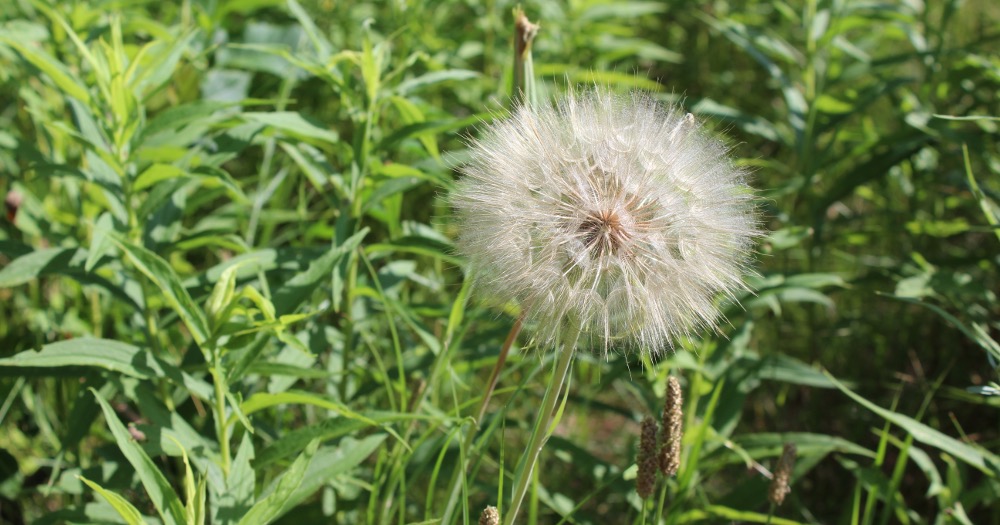
What are seed dispersal types? What is seed dispersal by explosion? What is animal seed dispersal and how does it benefit plants? These questions are just the tip of the iceberg when it comes to the interesting techniques that plants use for seed dispersal. Teaching seed dispersal in your elementary classroom can be a great way to bring real-world experiences and place-based learning into your science education.
When it comes to providing real-world experiences, there are many benefits to teaching seed dispersal. Every person on Earth eats plants and by studying seed dispersal, we can have a better understanding of how plants move through their life cycles and how they grow. This knowledge will equip our future generations with the information they need to continue to provide food for the people in their communities.
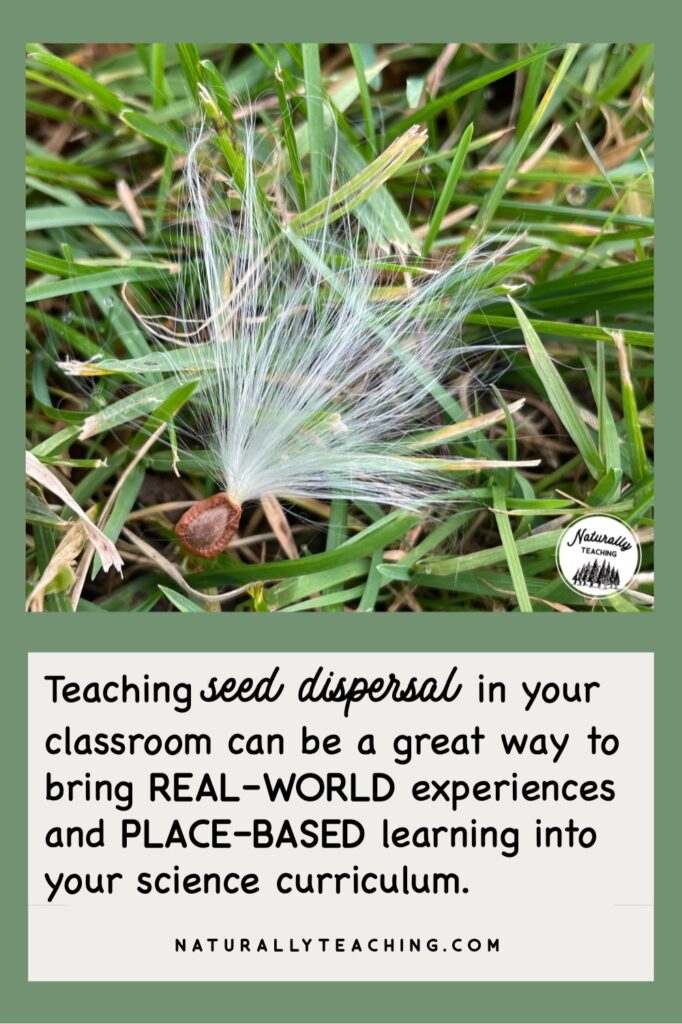
When teaching seed dispersal in the classroom, you can develop engaging and hands-on experiences that will develop your students’ scientific inquiry and skills. Seed dispersal as a phenomenon provides a lot of opportunity for observation, investigation, experimentation, and engineering.
Teaching seed dispersal is also a great way to study how interconnected ecosystems truly are. Plants provide food for animals and animals provide pollination and the movement of seeds. Without both, the ecosystems would be incomplete and would fail. These robust ecosystems keep the world moving and healthy and knowing more about their interconnectedness can help our future generations to protect our natural resources.
So, what is seed dispersal? Seed dispersal is the way that seeds get from their parent plant to a new spot. There are different seed dispersal types and we will be covering 6 of these types in this article. The 6 seed dispersal types that will be covered in this article include:
Wind seed dispersal is one of the most commonly thought of seed dispersal types. If a plant uses the wind seed dispersal technique they take advantage of the blowing wind to help their seeds get from the adult plant to a new location. Sometimes the seeds have fluffy tufts that catch the wind and allow the seed to float long distances. Sometimes the seeds have stiffer parts that surround the seed and allow for it to spin on the wind to a new location.
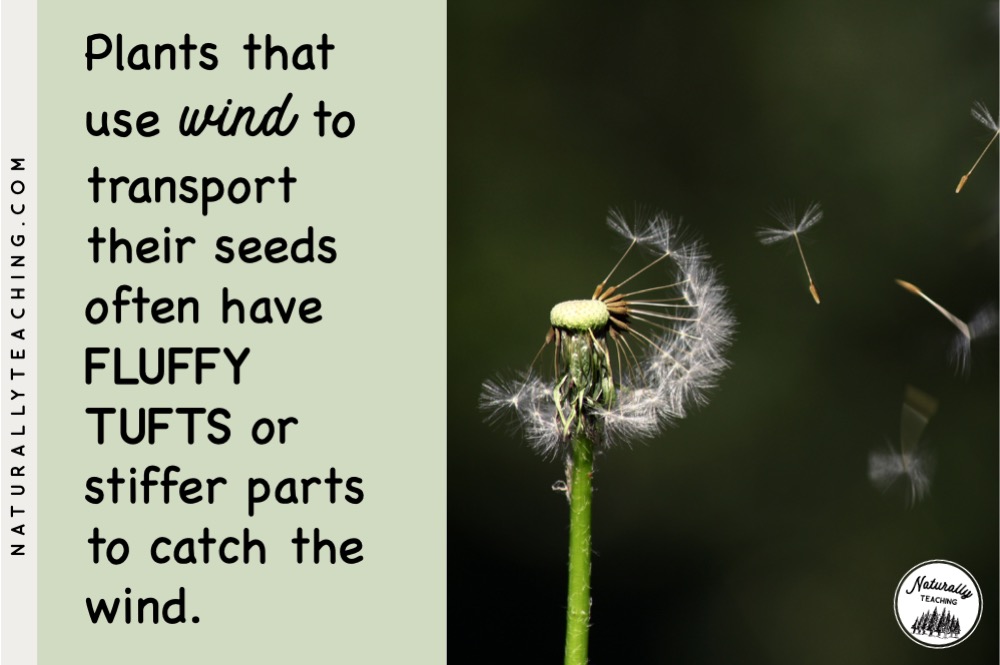
Many people love seeds that float on the wind. Here are some seed dispersal by wind examples, some you may recognize and some you may not.
Dandelion plants – the dandelion seed is one of the most well-known seeds in North America. This plant produces a set of yellow flowers that, when pollinated, make a spherical collection of seeds with white tufts on the top. When the seeds are ready, a breeze catches in the tufts and whisks the seeds off to a new location to hopefully grow.
Pine trees – surprisingly, pine trees have seeds that are spread by the wind. Pine trees have two different kinds of pine cones, male cones and female cones. Male cones are small and hold pollen that is spread by the wind. Female cones are usually larger and develop the seeds once they have been pollinated by another pine tree’s pollen. After they have pollinated, the cones slowly dry out and the single-winged seeds fall into the wind and are carried away.
Tumbleweeds – these plants use the wind seed dispersal technique in a very unique way. Instead of evolving over time for the seeds themselves to travel, the entire plant gets uprooted by wind and will tumble across the ecosystem dropping seeds as it rolls.
Animal seed dispersal is when an animal is helpful in moving seeds away from their parent plants. There are a few ways that this can happen including animals eating fruit and dropping the seeds in a new location in their scat. Another way that animals assist in moving seeds is by moving passed hitchhiker seeds and getting them attached to their fur or feathers. One more way that animals move seeds is by storing them to eat at a later date and forgetting where they put them.
Fruits are helpful in seed dispersal because they give animals a reward for moving the seeds. Fruits have tasty coverings that provide animals with energy in exchange for eating the seed and moving it to a new location. Some examples of plants that use fruits for seed dispersal include:
Wild strawberry – this plant is a small plant that produces a flower that gets pollinated and then makes a red berry. Animals are attracted to the red color and sweet smell and eat the fruit flesh as well as the little seeds that are located on the outside of the berry.
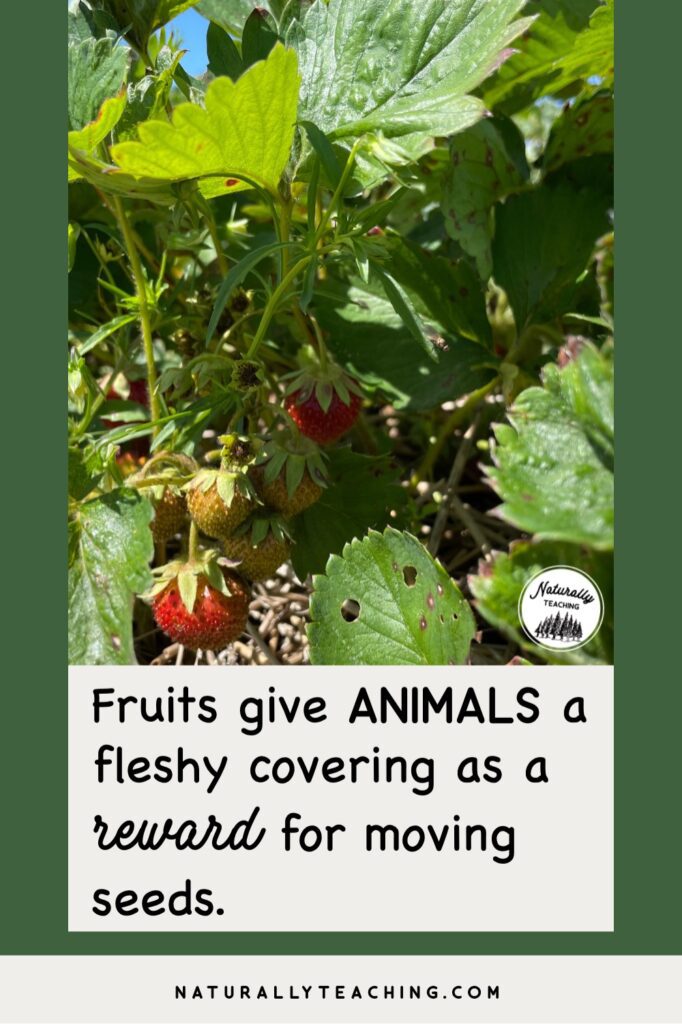
Buckthorn – this woody shrub has small rounded berries that become ripe in August and September, a time when fruits are hard to find. This makes them attractive to birds and other animals. When an animal eats these berries, chemicals inside the berries make the animal have bowel movements quicker, guaranteeing the spread of the seeds. This is an invasive exotic plant in the United States.
Oak trees – these trees have acorns as their seeds. Although their main way of moving seeds is by gravity, squirrels use these fruits for energy and are known to bury them for winter. When squirrels forget where they buried acorns, new trees can sprout from the buried nuts.
Hitchhiker seeds are helpful in seed dispersal because they are very effective. When an animal walks passed or rubs up against these seeds they attach to the fur or feathers and drop off later when the animal rubs them off or they’ve been there a while. Some hitchhiker seed examples include:
Burdock: this is probably the most well-known hitchhiker seed since it was the inspiration for the invention Velcro. These large seeds have hooks that attach to fur, feathers, and clothing. Although a nuisance for whatever it attaches to, they are highly effective at moving to new places.
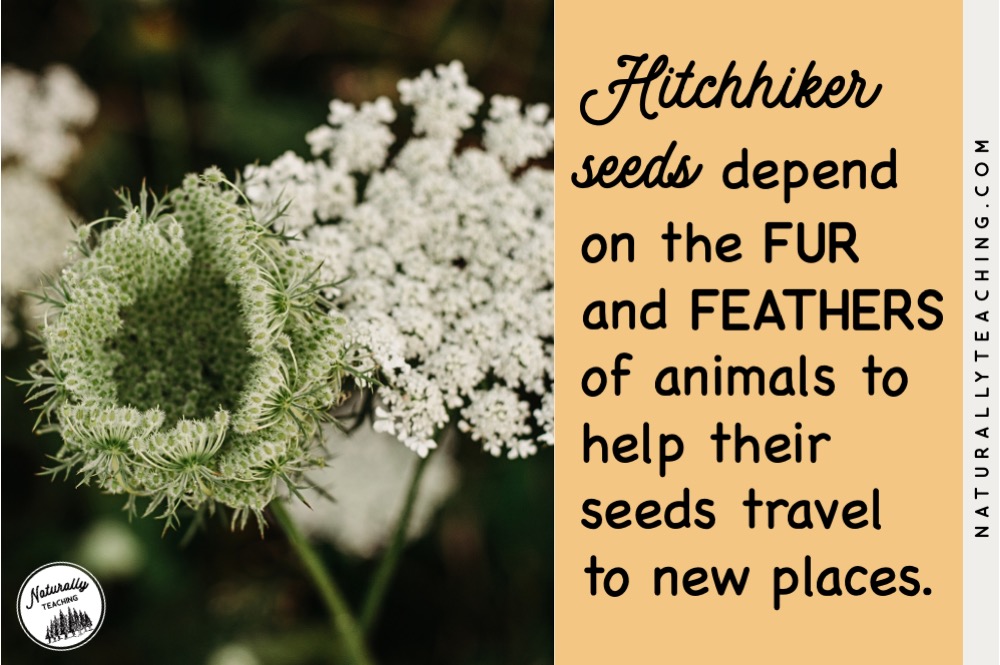
Queen Anne’s Lace: this wildflower has small seeds with a lot of spines on them that attach to fur and clothing. These are less “sticky” than some of the others, but the flowers make many more seeds, adding to its rate of success.
Stickseed: this plant makes lots of sets of spiny seeds that get stuck on anything and everything. These are the plants that my dog finds, rolls around in, and comes back to the door covered in seeds. Needless to say, these are very successful hitchhiker seeds.
Plants that have floating seeds tend to grow near bodies of water that can help transport their seeds. Terrestrial, or land, plants often have seed pods that are full of air in order to keep the seeds afloat in the water. Aquatic, or water, plants can use waterproof fruits to keep their seeds safe while they float in the water to new places.
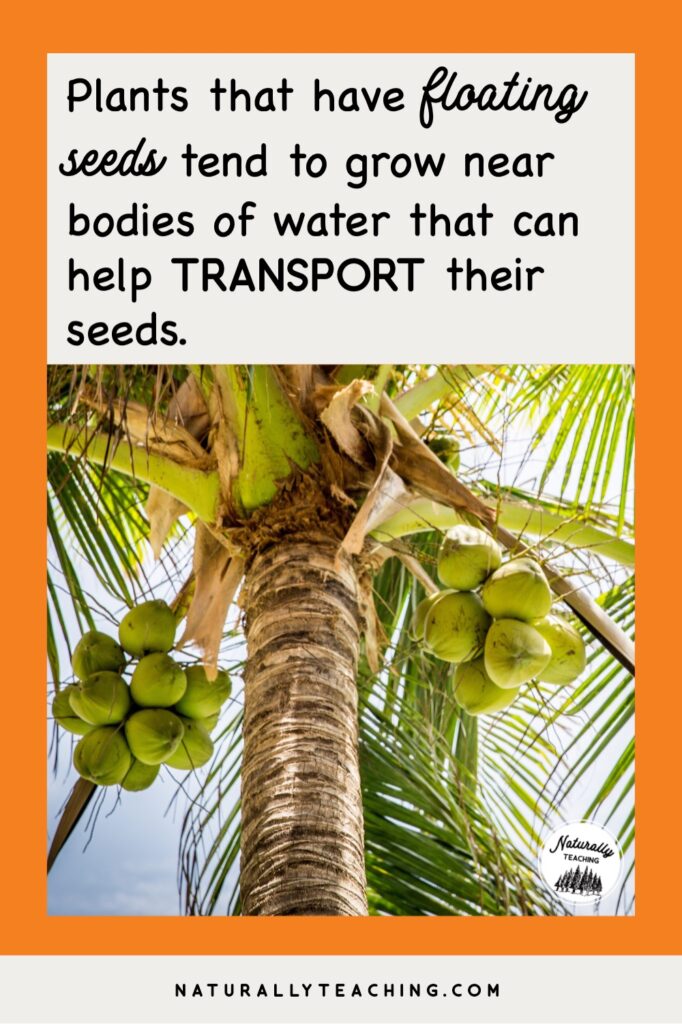
Water lily: the water lily flower produces a fruit that floats on the water for a while before it sinks to the bottom of the body of water to root. Once the seed roots, it will grow up through the water to the surface to make new seeds.
Bladdernut tree: these trees can be found along riverbanks or in other floodplains. They have bell-like flowers that produce three-chambered seed pods that protect the seeds while they float in the water. The seeds will land on the riverbank and begin growing new Bladdernut trees.
Coconut tree: these trees can be found on beaches and use the ocean to spread their seeds. The coconut is buoyant enough to be able to float along waves to travel to a new beach in order to grow a new tree away from the parent tree.
A less known but awesome seed dispersal type is seed dispersal by explosion. This doesn’t mean that the seed pods explode with a force great enough to knock down a building, but it does describe how seeds are propelled to a distance away from their parent plant. One way for seeds to be propelled from their seed pod is by evaporating water within the seedpod, building pressure and a release that expels the seeds. Another way for seeds to be propelled from their seed pod is by parts of the pod drying out, splitting suddenly, and then the seeds fling out.
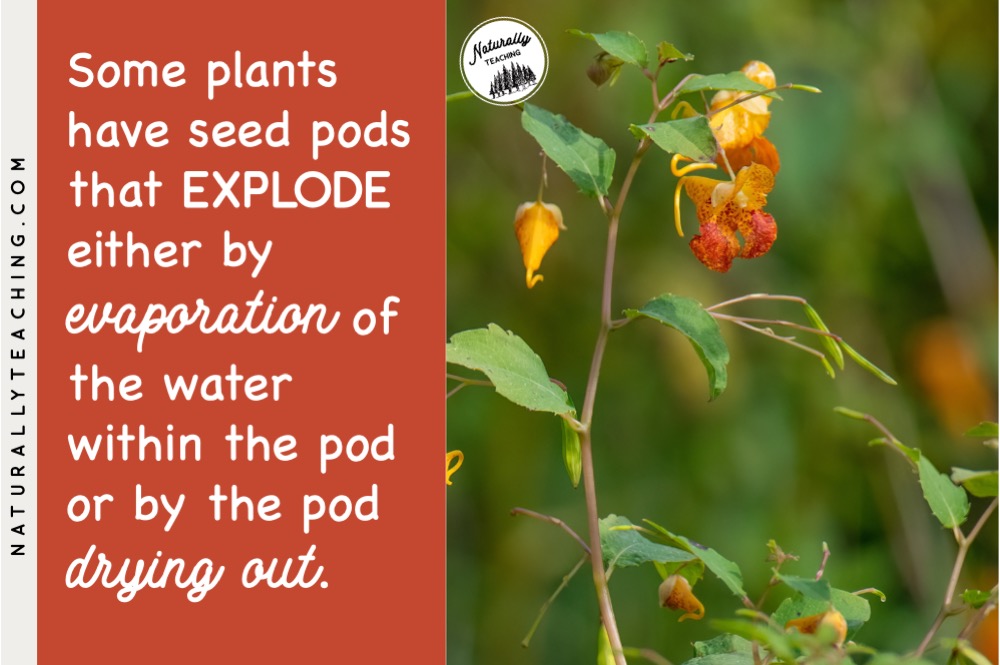
Jewelweed: these lovely wildflowers have seeds pods that become tight when ripe. With a slight touch, the seed pods burst open and fling seeds everywhere.
Hairy Bittercress: these plants have white flowers that make slender seed pods. When the seed pods ripen, any contact will send their seeds flying up to 16 feet away from the parent plant.
Witch Hazel: these shrubs produce a fruit that pops open when it ripens. When the fruit pops, the seeds fly as far as 30 feet away from the parent plant.
This is a simple form of seed dispersal, but seed dispersal by gravity is when a plant uses gravity to get their seeds to the ground. These seeds don’t often travel far from their parent plant so many plants use gravity and another dispersal technique together.
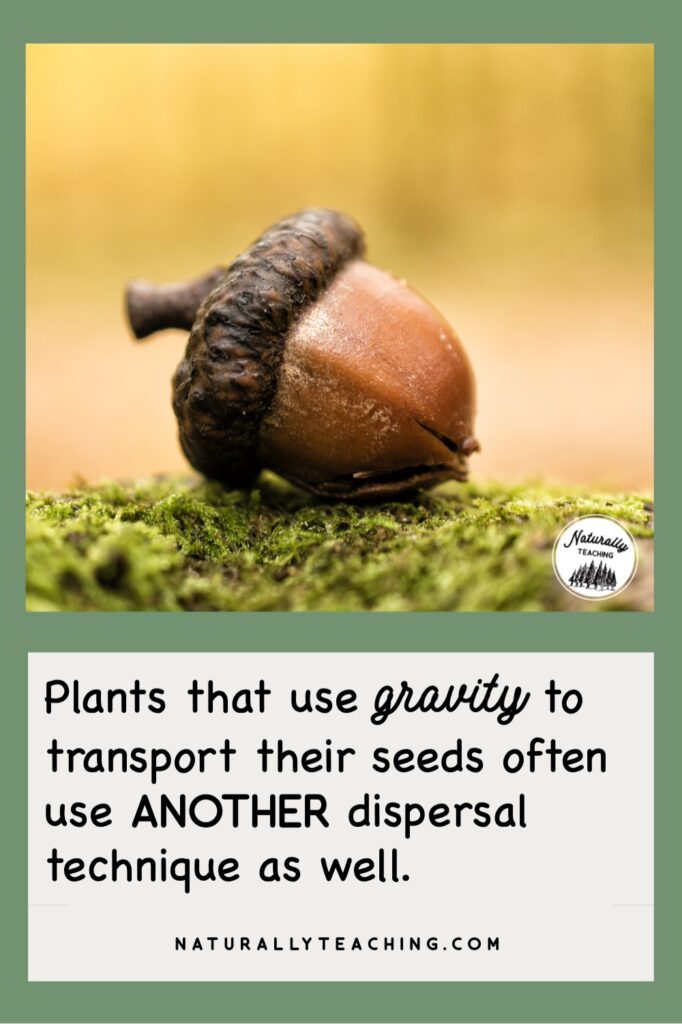
Oak trees: acorns are the seeds of Oak trees and travel from the branches of the trees to the ground via gravity. These nuts are heavy and come down to the ground easily. Oak trees also use animal seed dispersal by having tasty nuts that squirrels are interested in eating.
Apple trees: apples hold the seeds of apple trees and fall to the ground when ripe. Apple trees also use animal seed dispersal by having a tasty fruit around their seeds that many animals eat.
Marigold flower: these flowers produce seeds that have fuzzy tops. Thanks to gravity, the fuzzy tops help the seeds land with their tips pointing down in the soil.
Teaching about seed dispersal types in your elementary classroom can give your students some amazing real-world connections, hands-on experiences, and place-based understanding of their community. There are many different ways that you can incorporate seed dispersal types into your science curriculum to develop your students’ observation, investigation, experimentation, and engineering skills. Hopefully this list of 6 innovative ways that seeds travel to new places will spark your excitement and creativity!
Bibliography
Mattson, C. (2019, September 17). The Magic of Seed Dispersal. Retrieved from https://www.schlitzaudubon.org/2019/09/17/the-magic-of-seed-dispersal/
Seed Dispersal. Retrieved from http://theseedsite.co.uk/dispersal.html
Do you have any amazing experiences teaching about seed dispersal types in your classroom? Describe them in the comments section to inspire a fellow elementary teacher to take action!
Looking for other adaptations articles? Check out “Pollination for Plants: How to Use Flowers Are Calling For Effective Teaching”
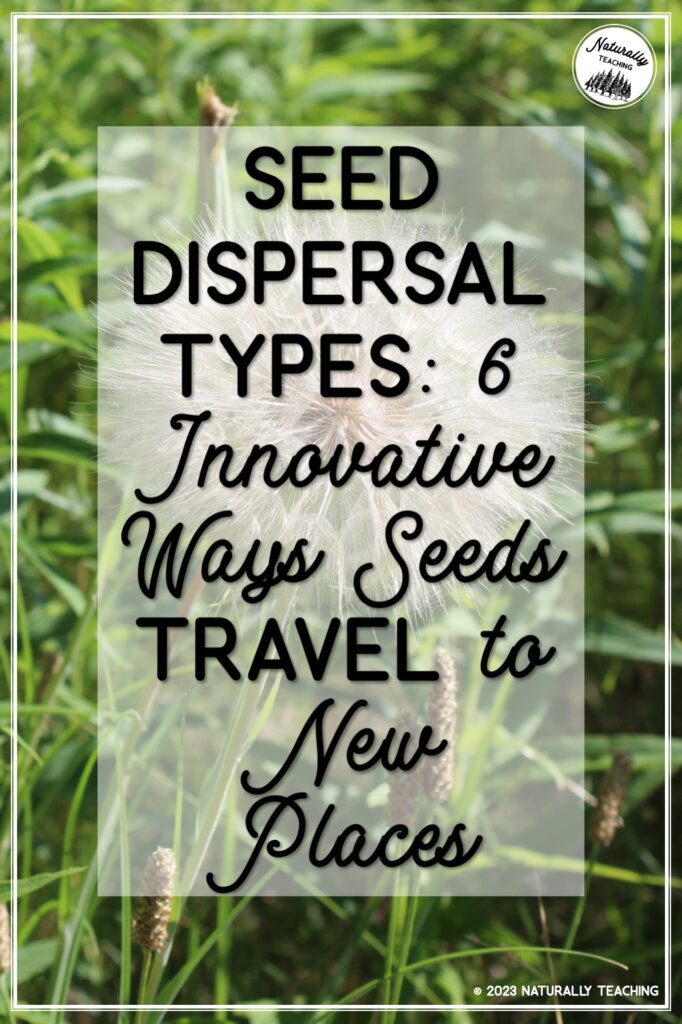
One thought on “Seed Dispersal Types: 6 Innovative Ways Seeds Travel to New Places”